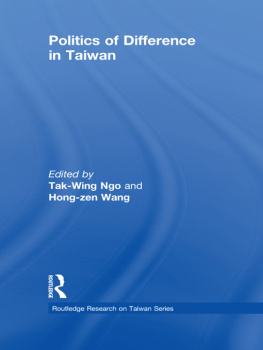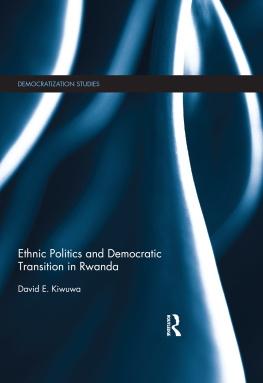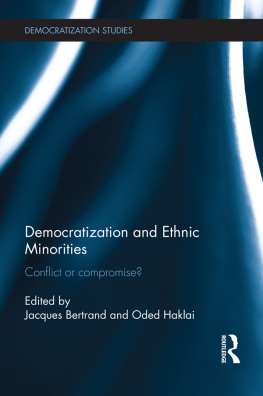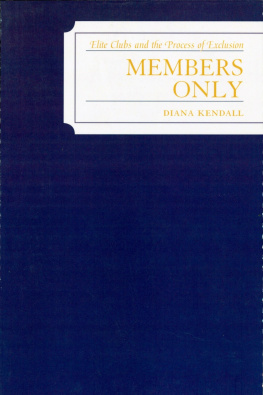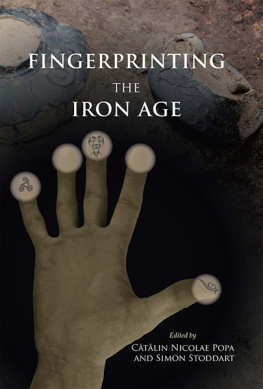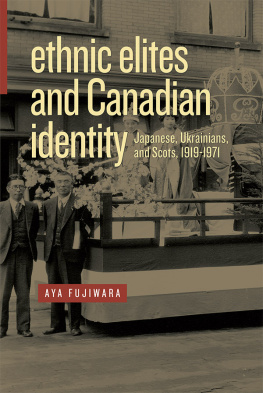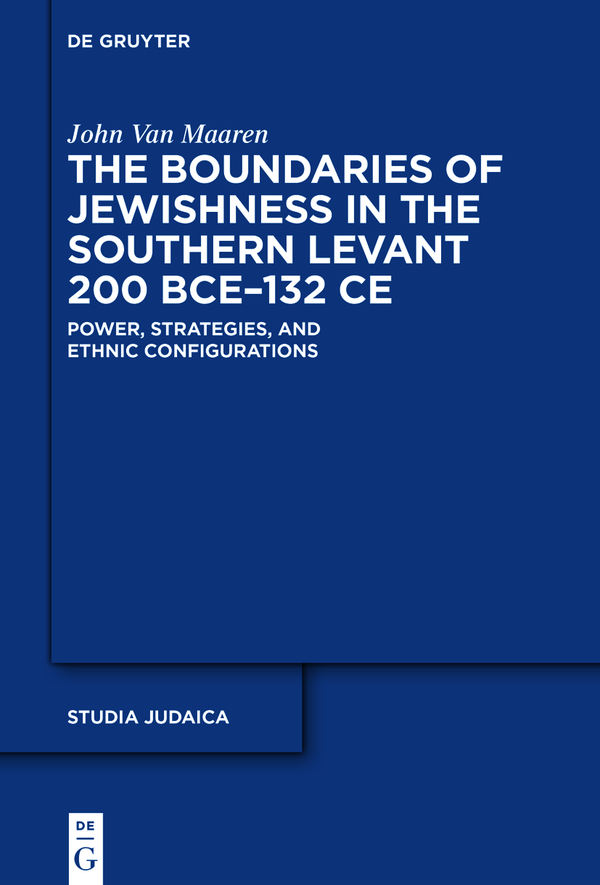Studia Judaica
Forschungen zur Wissenschaft des Judentums
Edited by
Ernst Ludwig Ehrlich
Gnter Stemberger
Charlotte Fonrobert
Elisabeth Hollender
Alexander Samely
Irene Zwiep
Volume
ISBN 9783110787382
e-ISBN (PDF) 9783110787450
e-ISBN (EPUB) 9783110787481
Bibliographic information published by the Deutsche Nationalbibliothek
The Deutsche Nationalbibliothek lists this publication in the Deutsche Nationalbibliografie; detailed bibliographic data are available on the Internet at http://dnb.dnb.de.
2022 Walter de Gruyter GmbH, Berlin/Boston
Abbreviations
Ancient Authors and Works
Journals, Major Reference Works, and Series
Introduction and Methodology
Scholars continue to grapple with understanding Jewishness. for working in binary categories and calls for more attention to complex social realities:
the tendency to think in binaries too often seems not an explanatory strategy but an intellectual style; its proponents seem to forget what they may claim to take for granted
David Goodblatt critiques Schwartzs own work, Goodblatts study makes numerous important contributions to the study of these modifications and changes and, like other studies, does so without the benefit of a theoretical model to integrate individual insights into a cohesive picture of developing Jewish identity.
This study attempts to provide such an integrating mechanism by employing a recent contribution to the sociology of ethnicity that links micro-level individual identity construction with macro-level features of the political and social context. This model, which I refer to as the ethnic boundary making model, was developed by anthropologist-turned-sociologist Andreas Wimmer to explain how and why ethnicity matters in certain societies and contexts.
The Ethnic Boundary Making Model: Preliminary Remarks
Before outlining the ethnic boundary making model, several preliminary comments on the model, its place within the sociology of ethnicity, and its applicability to the study of Jewishness in antiquity will help introduce the model and illustrate its contribution to the study of Jewishness.
The Ancient Jews as an Ethnic Group: A Heuristic Choice
In order to employ the ethnic boundary making model, I approach the ancient Jews as an ethnic group.
John Hutchinson and Anthony D. Smith outline six features commonly shared by co-ethnics. common characteristic is attested among at least some Jews and that treating Jewishness as an ethnic designation is warranted. I do not think that all six characters are part of the configuration of Jewishness for all Jews in antiquity, nor that all Jews understood each of the following features in the way I summarize below. Rather, these short summaries present common ways that some Jews configured each of these six common features, as indicated by the limited historical data. Throughout the study I italicize references to the names of these six common features.
(1) A common proper name, to identify and express the essence of its community.
In antiquity, three attested proper names are associated with the Jewish ethnos: Hebrew (, , Hebraeus), Israel (, , Israhel), and Jew (, , Iudaeus). Thoughout this study I refer to the ethnic group as the Jewish ethnos rather than Israel. This is partly for convenience, but it is also meant to reflect official designations of the people group and so take a broad and encompassing perspective.
(2) A myth of common ancestry, a myth rather than a fact, a myth that includes the idea of a common origin in time and place and that gives an ethnie a sense of fictive kinship.
The eponymous ancestor Jacob/Israel is of central importance for Jewish ancestry. As we will see, putative descent from Abraham was employed to expand definitions of Jewishness by the Hasmoneans and contested by others.
(3) Shared historical memories, or better, shared memories of a common past or pasts, including heroes, events, and their commemoration.
The events narrated in Jewish sacred texts provide a foundational collection of historical memories. The communal reading of these texts in synagogues, a practice apparently unique to the Jews in antiquity, further engrained these narratives in collective Jewish identity. Prominent figures include the Patriarchs, Moses, David, Ezra, etc. Formative events include the call of Abraham, the exodus from Egypt, the constitution of a covenant people at Mt. Sinai, the golden age of the united monarchy, the exile and deportation to Babylon, the Antiochene persecution, and the Hasmonean rebellion.
(4) One or more elements of common culture, which need not be specified but normally include religion, customs, or language.
Religion, customs, language, and other cultural aspects shared by some Jews overlap significantly. Religion cannot be disentangled from other cultural elements, especially in antiquity. other common customs is reinforced by appeal to an ethnic deity. In the case of the Jewish ethnos, these elements are primarily the Jewish deity and the associated cultic veneration. While there was no single language that was spoken by all Jews, the Hebrew language, as the language of many of their sacred texts, at times functioned symbolically for non-Hebrew speaking Jews.
(5) A link with a homeland, not necessarily its physical occupation by the ethnie, only its symbolic attachment to the ancestral land, as with diaspora peoples.
This is, of course, the land of Israel, or Judea/Palestina. The land had symbolic importance for Jews living in the homeland as well as for those in the diaspora. The symbolic importance of land persists despite the constantly changing, and sometimes disappearing, borders.
(6) A sense of solidarity on the part of at least some sections of the ethnies population.
This sense of solidarity is often shared by part, but not all, of the ethnic group and the strength of this sentiment varies. That is, according to Josephuss description, the Jews of Scythopolis had a weaker sense of solidarity with the Jewish ethnos than the Jews of other cities drawn into the revolt, leading the Jews of Scythopolis to side with the city against the Jewish rebels.
In this study, I make no conclusions about the importance of any of these common features of Jewishness for all or most Jews. Rather, I am interested in the way that writers employ these common features in the remaking of ethnic boundaries and how this strategic use impacts the importance and function of these common
Wimmer defines ethnicity as a subjectively felt belonging to a group that is [most often] distinguished by a shared culture and by common ancestry that rests on cultural practices perceived as typical for the community, or on myths of a common historical origin, or on phenotypical similarities indicating common descent. This broad and encompassing definition enables the ethnicity concept to do the conceptual work needed to examine changes in Jewishness without discarding the concept in favor of another.
Ethnic Boundaries and the Study of Jewishness in Anqituity
The ethnic boundary making model acknowledges that co-ethnics often share elements of common culture. However, it also makes the important distinction between ethnicity and culture that is, not all members of an ethnic group necessarily share the same culture.


